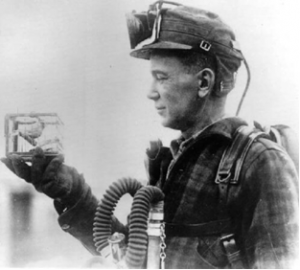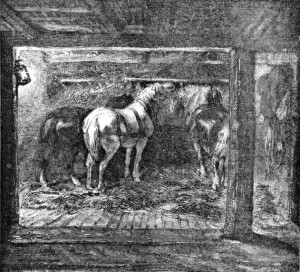
Image ownership unknown. Please advise if known.
This factual mining poem about the role of the canary in Victorian mines uses personification and metaphors to describe the way a miner felt about these life-saving birds. [click to continue…]
Having been on a school trip to the Wakefield Coal Mining Museum, and experienced the cold and cramped conditions that Victorian children (and pit ponies) would have worked in, I couldn’t wait to start writing! I have deliberately written using a variety of different poem forms in the hope that they are useful to schools who would like to combine poetry with topic work. Therefore, all of my mining poems include as much information as possible about life for Victorian children down the mines, and Victorian mining in general, and are listed below, together with a brief description of what figurative language etc will be found in each. In addition to my poems, I have also included a page with a selection of children’s poems from Fitzwilliam primary, where I ran a poetry workshop using my own poems to inspire them, as they are inspiring in their own right.
This was a job done by the youngest of the Victorian poor children. Victorian children in Britain could expect to work 12, or even 18 hours a day down the mines. This page includes haikus and a shape poem about life for the trapper boys in Victorian Britain.
 |
This acrostic poem includes alliteration and is inspired by a visit to Wakefield Coal Mining Museum where a visit underground helps to build up some empathy for the kind of life the pit ponies had. [click to continue…] |